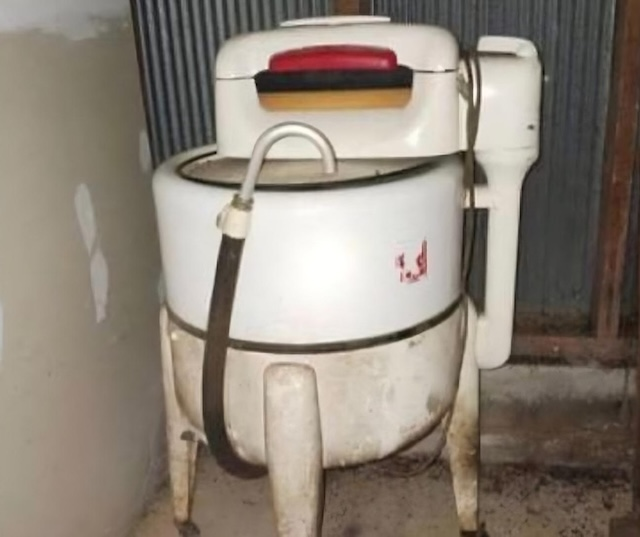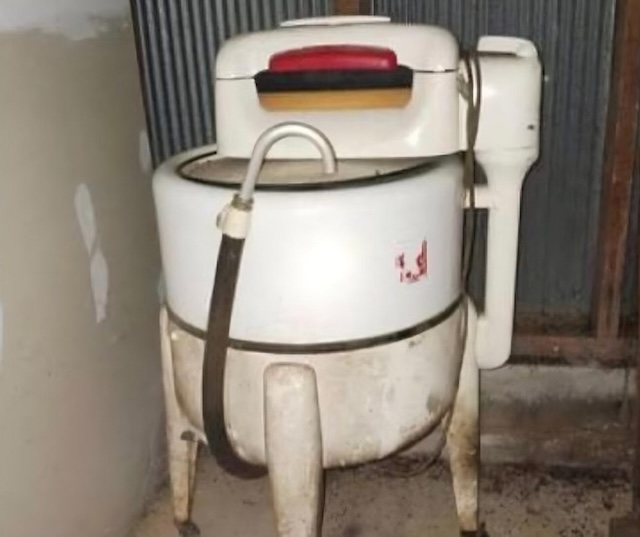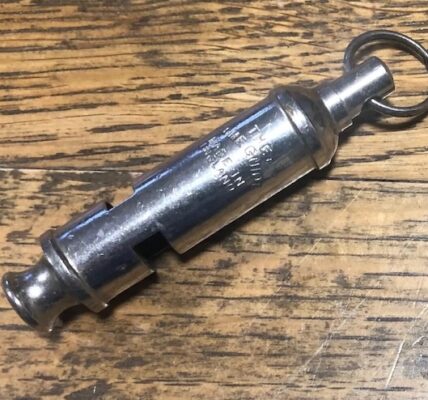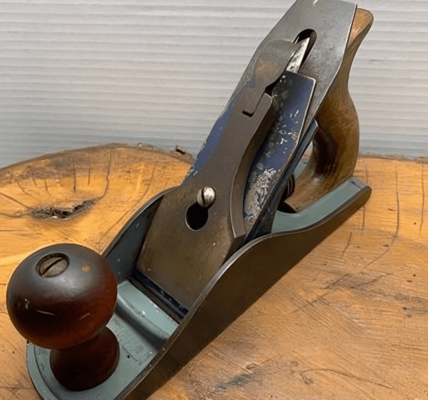The Enduring Legacy of the Wringer Washing Machine: A Nostalgic Look at a Pioneering Appliance-s1
Introduction: Rediscovering the Charm of the Wringer Washing Machine
In the shadowy corner of an old shed or nestled in a dusty basement, you might discover a curious artifact—a vintage wringer washing machine. Far from being mere junk, this machine stands as a testament to a pivotal era of technological advancement in home appliances. These machines were not only essential aids in the daily chores of past generations but also markers of progress in the domestic sphere.

The Revolutionary Arrival of the Wringer Washing Machine
At the dawn of the 20th century, the wringer washing machine emerged as a groundbreaking solution to the tedious and physically demanding task of hand-washing clothes. The traditional method involved scrubbing clothes on washboards and wringing them out by hand—a process that was both time-consuming and exhausting. The introduction of the wringer washer revolutionized this process, offering a mechanical solution that saved time and reduced physical strain.
How the Wringer Washing Machine Transformed Laundry Day
The mechanics of the wringer washing machine were simple yet effective. It featured a large tub where laundry was soaked in soapy water and agitated, either by a hand crank or an electric motor, which was a significant advancement from manual labor. Post-wash, the clothes were fed through two rollers—known as the wringer—to squeeze out excess water, drastically cutting down drying time and making the laundry process more efficient.
The Golden Age of Wringer Washers
The mid-20th century marked the heyday of the wringer washing machine, with the 1940s and 1950s seeing a surge in popularity. Brands like Maytag and Kenmore became household names, each competing to offer models with better efficiency and durability. These machines were lauded for their ability to handle large laundry loads and for their economical use of water and electricity—benefits that were highly appreciated during that era.

Nostalgic Reflections and Safety Innovations
For many, wringer washers evoke nostalgic memories of childhood, from the rhythmic sounds of the agitator to the unique experience of feeding clothes through the wringer. However, these machines also posed safety risks; it was not uncommon for accidents to occur if fingers or hair got caught in the rollers. This led manufacturers to introduce safety features such as automatic shut-offs and release levers, aiming to prevent injuries.

The Decline and Lasting Legacy of the Wringer Washer
With the advent of fully automatic washing machines in the later decades of the 20th century, the popularity of wringer washers began to wane. These new machines offered greater convenience with features like automated wash, rinse, and spin cycles. Despite their decline, the legacy of wringer washers endures, symbolizing a bygone era of manual effort and mechanical ingenuity.
Conclusion: More Than Just a Relic
Today, the wringer washing machine is often viewed as a quaint relic of the past, but its influence on household technology and efficiency is undeniable. It transformed laundry from a daunting task into a more manageable chore, freeing up time and significantly reducing labor. For those who remember or have heard tales of its use, the wringer washer remains a beloved symbol of innovation and simplicity.
This vintage machine is more than just a piece of technology; it’s a testament to the enduring human spirit and our ongoing quest to improve everyday life. Whether you’re familiar with its operation or have only seen it in photographs, the wringer washing machine is a fascinating portal to the past, offering insight into the evolution of home appliances and the impact of technological advancements on daily life.




